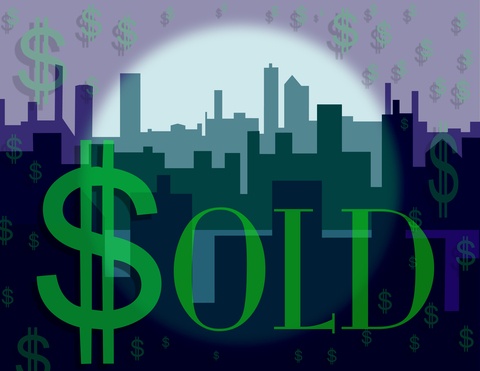
There would appear to be initial signs that the San Francisco real estate market is beginning to run out of steam in the short term. This is a market which has been described as “red hot” by US real estate experts and, while nothing lasts forever, some investors are a little surprised at this downbeat forecast. So, let us look at a number of factors impacting the San Francisco real estate market and whether indeed we should expect a short to medium term slowdown in activity and price rises.
What drives the San Francisco real estate market?
Those who follow the local real estate market will be well aware that this is an area of the US which is dominated by tech companies – large and small. Indeed, stockbroking analysts Morgan Stanley recently released a report which directly tracked the San Francisco real estate market to the number of tech IPOs on the US stock market. While there are other factors to take into consideration there is no doubt about the correlation between the launch of tech companies on the US stock market and demand for local commercial real estate and housing assets.
Is it time to be concerned?
When you bear in mind the current strength/weakness of the US economy it is perhaps not difficult to see why there is reduced demand for technology stocks. These are stocks which are high risk/potentially high return and when economies start to slow many investors tend to reduce their risk profile. As a consequence, there has been a reduction in the number of technology companies launching themselves onto the US stock market to raise further capital for additional investment.
It would appear there is also an ongoing increase in sub-leasing which would indicate that initial leasing clients are perhaps finding it difficult to cover their rental outgoings. When you bear in mind that office rents have increased by 70% in San Francisco since 2009 this gives you a good idea of how strong the market has been. There are also concerns (aren’t there always concerns?) in some quarters about the short to medium term performance of the US economy. All in all, perhaps it is not difficult to see why the San Francisco real estate market may take some “timeout”.
All is not lost
Before you cross San Francisco commercial real estate off your list of potential investments, it is worth noting that just 6.5% of the city’s office space is currently vacant. This figure is a 10 year low and we must not forget the number of pre-leasing arrangements in place as well as planning permission constraints in the future. These two elements will offer some support to the local real estate market for the foreseeable future although investing in areas which are dependent upon high-tech/high valuation companies do carry their own specific risks.
Conclusion
Just like tech shares in the good times and the bad times, real estate in areas of the US (such as San Francisco) which are dominated by technology related companies can rise and fall on the perceived short to medium term economic risk factors. In the good times prices will move ahead and rental values will rise because of increased demand and relatively little in the way of supply. However, when the market turns and funding dries up for start-up technology companies this can and does impact local demand for housing and office space.
Looking longer term, San Francisco will always be connected to the technology market in some shape or form and many believe that short-term “blips” can sometimes offer long-term investment opportunities. However, you need to do your own research into the local marketplace and take professional advice where necessary.

